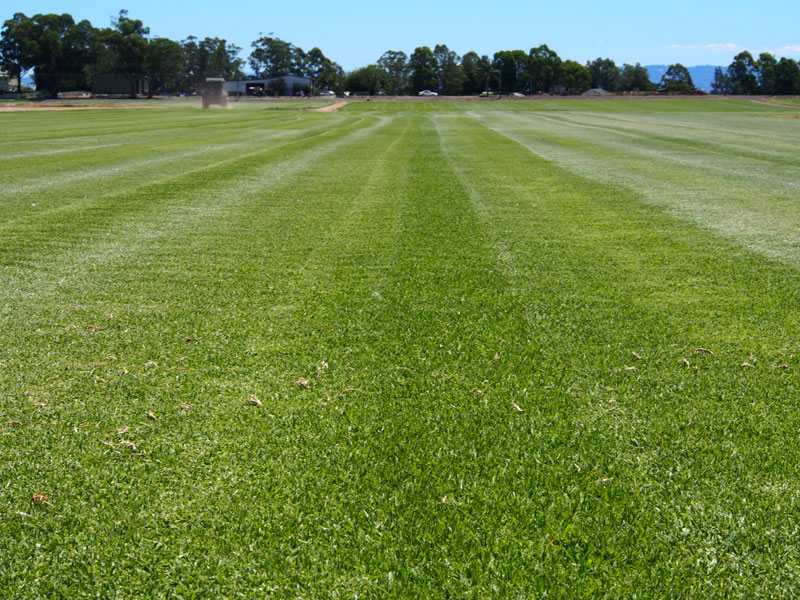Benefits of artificial turf
Although initially the synthetic turf is more expensive than natural grass, long-term benefits become clear in just two years of the deal. Thousands of sports fields, businesses, homes and tourist spots have purchased synthetic grass for providing solutions that attract and lush landscaping, which requires minimal maintenance and resources, saving millions of liters of water each year.

Here are some of the many benefits of artificial turf:
Artificial turf has the look and feel of natural grass.
Artificial turf is amazingly adaptable and can be used for golf courses, soccer pitches and tennis courts. Residential applications include roof terraces, swimming pool surrounds, patios and lawns. Business applications include exhibition stands and modern office carpeting.
Made with tough materials, synthetic grass used on sports fields is always ready to be played on. In terms of slip resistance, rotation and traction, surface abrasion as well as stability, it meets all the stringent requirements of official sports federations and sports leagues.
How does artificial turf impact the environment?
Synthetic turf has a measurable, positive impact on the environment. The estimated amount of artificial turf installed to date has already eliminated the need for millions of liters of harmful fertilizers and pesticides, resulting in significant environmental as well as health improvements.
How is artificial turf installed?
For applications on tennis courts, hockey and soccer pitches, putting greens and cricket wickets, a professional installation is necessary. For complex landscaping uses, a specialist such as a landscape architect and an engineer will need to be consulted. For leisure use such as in small gardens, installation is uncomplicated and can easily be done by the purchaser.